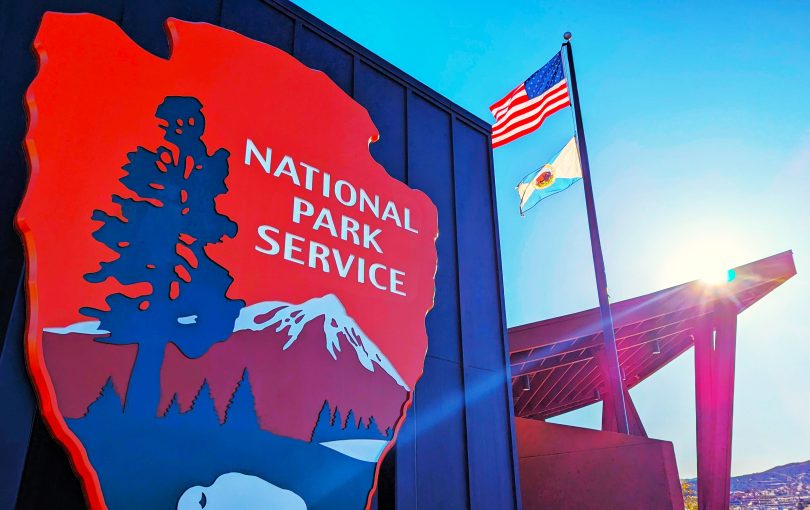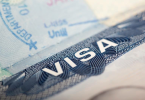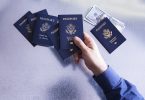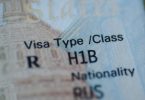In a bold move that may come with unintended consequences, President Donald Trump’s recent executive order mandates higher entry fees for international visitors to U.S. national parks. While the administration estimates this could boost revenues by as much as $90 million annually, that projection hinges on a key assumption: international tourism levels will hold steady.
However, recent trends suggest otherwise. U.S. tourism is already collapsing under global trade tensions as international travel to America has dropped sharply. And Canadians have expressed frustration about the international fee at U.S. national parks at a time when visits from Canada are already declining. As the U.S. sees a broader drop in foreign tourism—especially from Europe and Canada—experts warn the fee hike might not just fall short of expectations; it could ultimately cost the U.S. government billions. Here’s more about the new national parks price rule and how it could cost the U.S. government big time.
Related
U.S. National Park Visitors Shocked By New NPS Revelation Since Trump Took Office
A shocking new analysis has revealed the extent of the Trump administration’s biggest impact so far on the National Park Service.
Increased National Park Fees Could Bring In $90M In Revenue Increases
President Trump’s executive order, “Making America Beautiful Again by Improving Our National Parks,” tasks the Department of the Interior with implementing higher entrance and recreation pass fees for all international visitors to federally managed recreation areas. The administration claims the new rule could raise $90 million annually, with funds earmarked to improve park infrastructure and visitor access.
According to a May budget document from the Department of the Interior, this estimated windfall is based on current visitation trends and assumes that international visitor numbers will not significantly decline in response to the price changes. While U.S. national parks drew a record 331 million visitors last year, foreign tourists accounted for an estimated 14.6 million of them, about 4.4% of all park goers.
The $90 million revenue figure assumes international visitation remains unchanged—a big assumption and a risky bet given current global tourism patterns.
The new pricing policy is a departure from long-standing norms. Historically, U.S. parks charged equal entrance fees regardless of nationality. While countries like Ecuador and South Africa routinely charge foreigners significantly more (sometimes tenfold), critics argue that the U.S. market and its broader tourism ecosystem operate differently and are more sensitive to political climate and travel trends.
International Tourism To The U.S. Is On The Decline
While the U.S. government hopes to bolster national park funding through fee hikes, it’s doing so at a time when international tourism is already trending downward. According to recent data from the World Travel & Tourism Council and Oxford Economics, which also shows that America is losing much of its European tourists to Canada, international visitor spending in the U.S. is expected to drop to just under $169 billion in 2025—down from $181 billion in 2024. That’s a $12.5 billion decline, and a staggering 22.5% decrease from the country’s tourism spending peak.
U.S. International Visitor Spending Trends:
|
Year |
Spending (in USD) |
Change from the Previous Year |
|
2024 |
$181 billion |
+3.4% |
|
2025 |
$169 billion |
-6.6% |
|
Peak Year |
$218 billion (pre-2020) |
-22.5% from peak |
Several factors contribute to this decline. Lingering global economic instability, shifting travel preferences, and increasingly stringent U.S. immigration and travel policies are all factors. For many tourists, especially those traveling with families or on a budget, an additional $20 to $30 per person in park fees could be a deterrent.
With nearly 15 million international tourists visiting U.S. national parks each year, a drop in these visitors doesn’t just threaten national park revenues; it risks a much broader economic ripple effect. Local businesses near major parks, from lodges and restaurants to gas stations and tour companies, depend heavily on these travelers.
Potential Impacts If Foreign Visitation Drops:
- Lost park entry revenue
- Reduced spending at nearby local businesses
- Fewer bookings in hotels and guided tours
- Lower tax revenue from travel-related economic activity
Moreover, the U.S. Travel Association had already warned in 2018 about the fragility of international tourism. Now, with higher national park fees for international visitors on top of already declining travel interest, the losses could escalate far beyond the parks themselves.

Related
Experts Claim Trump’s Tariffs Are Impacting Almost Half Of Americans’ Travel Plans
The recent tariffs have affected a lot of industries, but new research shows that they’re vastly affecting Americans’ travel plans for the summer.
What’s Next For U.S. Parks And Tourism?
Informational board with the admission fees at the east entrance of Yellowstone National Park, Wyoming, WY, USA.
Supporters of the fee hike argue that the impact on foreign tourism will be minimal. In an interview with Outside, Catherine Watkins, a representative of the Property and Environment Research Center (PERC), pointed to a 2017 study that found raising Yellowstone National Park’s entry fee from $30 to $70 would reduce international visitation by just 0.07%.
“For people traveling from overseas, it’s a tiny slice of their overall budget,” Watkins said.
Still, that projection may not fully account for today’s shifting global economic conditions or the compounding impact of additional travel costs. While a small fee increase might not deter a wealthy traveler from Europe or Asia, budget-conscious tourists, especially families, may rethink or scale down their U.S. itineraries, opting for destinations without added surcharges.
The policy could also affect diplomatic goodwill and perceptions of the U.S. as a welcoming travel destination. International travelers often share experiences online; if fee hikes are seen as inhospitable or discriminatory, it could have long-term consequences for America’s global travel brand.
As the National Park Service faces ongoing budget constraints, the government’s attempt to patch holes with international surcharge revenue may not be sustainable if the broader tourism sector continues to contract. If foreign travel to the U.S. continues its downward slide, the $90 million in projected new revenue could vanish and possibly take much more with it.
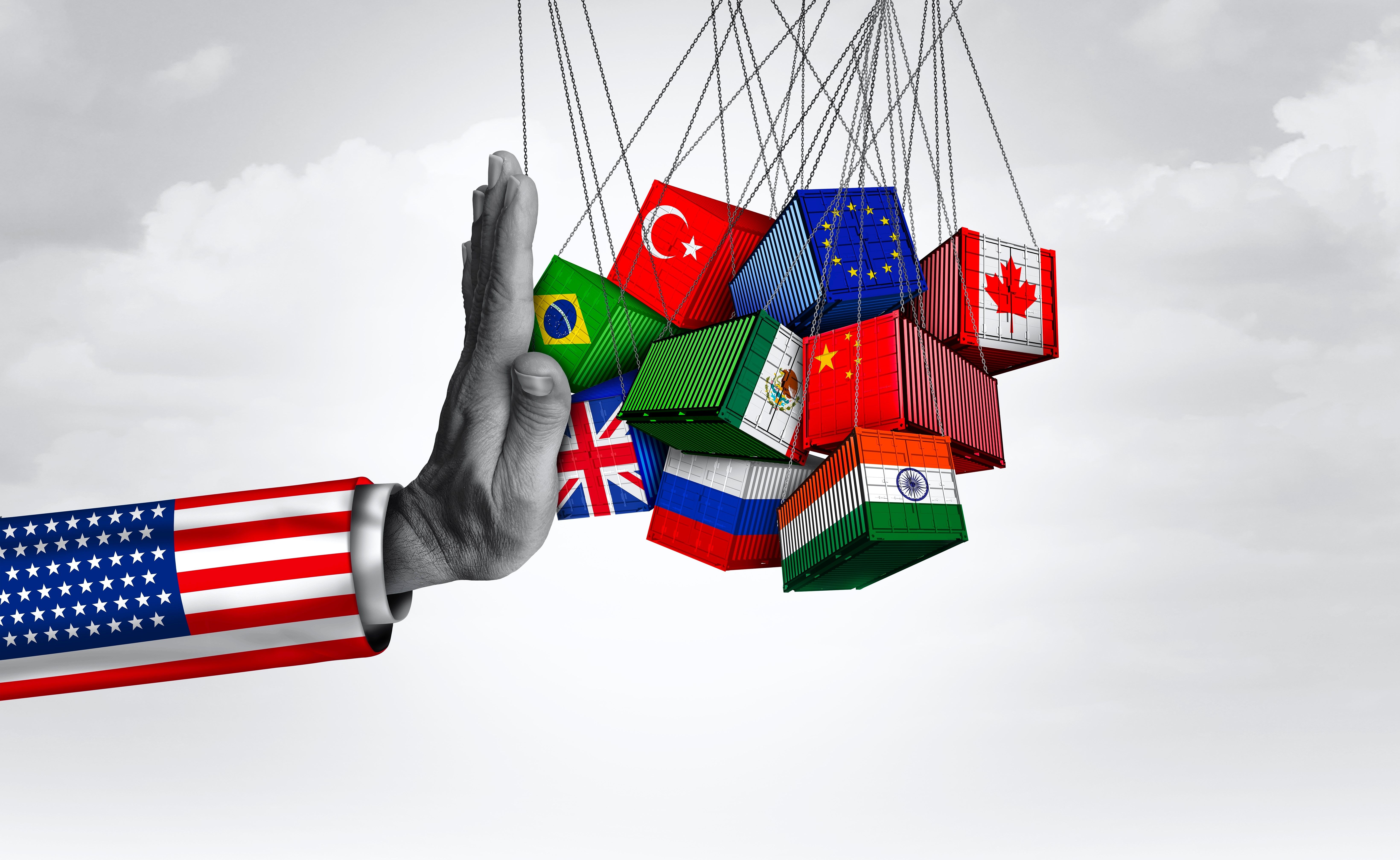
Related
U.S. Government Doubles Visa Fee For Tourists From Its Friendliest Allies
This huge visa waiver fee increase comes despite the U.S. being set to lose billions in lost tourism revenue from some of its friendly allied nations.
Trump’s plan to raise national park fees for international visitors was pitched as a way to beautify and maintain America’s treasured lands. Yet it has arrived at a precarious moment for the U.S. tourism industry. With international visitor numbers falling and global travel spending to the U.S. projected to drop by more than $12 billion in 2025 alone, the timing could not be worse. The $90 million in expected gains may fall short, or worse, the move could deepen financial losses in other parts of the tourism economy.
By trying to boost revenue while international travel is already in decline, the U.S. government may end up losing more than it hoped to gain from Trump’s national parks price rule.



